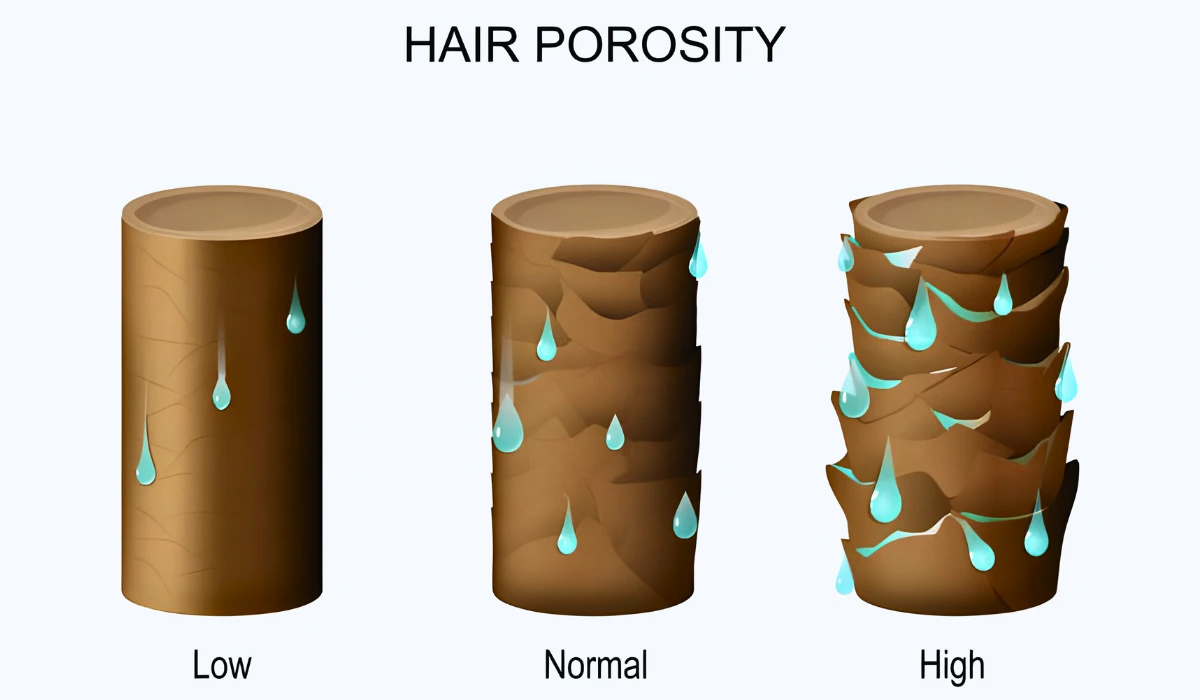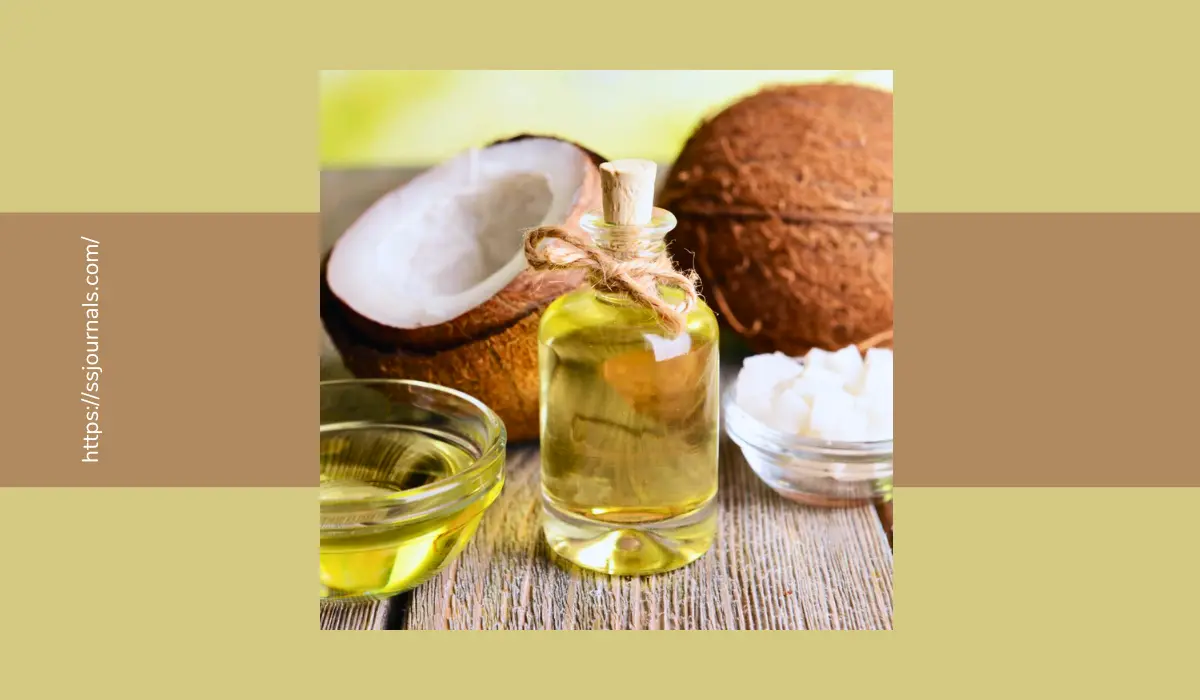Hair porosity is not only the buzzword around but it is more than that. For healthy, shiny hair, it is one of the most important aspects to look after. The moment you decide to start a good hair care routine it is the most important factor to consider as hair porosity will help to decide the best products and the routine that will help to get the desired results. Hair porosity is the hair’s ability to absorb moisture.
Hair porosity defines the way hair will take moisture, letting the oil pass in and out of the external layer of the hair, called the cuticle. For anyone who wants to follow a hair care regime or style hair or even color, then the cuticles must be aptly moisturized.
Also, how the hair takes up the treatment or care is upon the cuticles. Thus, if your hair is dull, dry, and brittle in place of soft, shiny, and smooth, then it is time to check hair porosity conditions.
3 categories of hair porosity

- Low porosity– in low porosity hair, the cuticles are so close to each other that any oil, water, treatment, or color finds it difficult to penetrate the hair shaft.
- Normal porosity– the cuticles are aptly placed so that any moisture, color, or oil is perfectly absorbed and retained by the hair, and the benefits are well-received.
- High porosity– here, the cuticles are loosely placed. Thus, oil, color, and treatment go in really fast and leave at a faster pace. Here the hair absorbs color really fast and gets dark quickly but then fades quickly. The hair thus tends to feel dull, look damaged, and experience damage and breakage, as it does not retain moisture.
Once the hair porosity situation is understood it gets easier to tackle the hair health condition. Hair with high porosity versus low porosity will require different types of oil, care, and treatment to look shiny, frizz-free, and lustrous. Thus, to get cascading hair, first get to know the hair porosity type.
How do you understand the porosity condition of hair?
After having discussed the type of hair porosity, it is vital to understand how the hair is categorized. With the help of a very simple test at home understanding hair porosity becomes easy.
The process requires one clear glass filled with crystal-clean water. The test must be done after washing the hair thoroughly and that there is no build-up in the hair.
The process starts with detangling of hair so that if there is any hair shedding, it gets down. Now take the fallen strands and put them in a clean glass of water. Of the below-written situation any of the following will happen:
- Float- thus, it is low porosity hair.
- Float and sink- medium or normal porosity hair type.
- Sink immediately- high porosity type hair.
Thus, after determining the hair porosity type, select the products that will suit the best.
how do deal with Low porosity hair?
- Takes ample time to dry or even get wet.
- Products build up on the hair and do not get absorbed, thus weighing down.
- Natural oils do not absorb on hair but sit on the hair.
- Hair looks dry and brittle as the closely packed cuticles do not easily absorb moisture.
6 Best Oils for low-porosity hair
The best oils for low-porosity hair are the ones that will seal moisture by getting absorbed in the hair shaft. Thus, the hair is protected, and it does not weigh down but remains light and moisturized. Therefore, the oils that have high fatty acid content will prove their worth.

The best-suited oils are as follows:
1. Grapeseed oil
Grapeseed oil is derived from grape seeds which is a by-product of the wine-making process. It works to make the hair feel light and moisturized. The oil adds strength to hair. Owing to its benefits in hair nourishment, the oil is expensive. It is an extract oil that requires dilution with some carrier oil, for this coconut oil suits the best.
2. Argan oil
Argan oil is extracted from Arganis nuts. It is popularly known as the liquid gold of Morocco. It has antioxidant properties and provides vanity to hair, It protects hair from heat and mechanical damage.
3. Coconut oil
Coconut oil is derived from the cold press method from the pulp of coconut. It protects the hair tips, prevents bristling, and, importantly, provides the required hydration to hair. Coconut oil seals scales and ensures smoothness to hair.
4. Babassu oil
The oil is derived from nuts of the Brazilian palm tree- Attalea Cohune. The oil is light and easily penetrates the hair.
5. Rosemary extract oil
Rosemary oil has immense benefits. It is an extracted oil, thus mixed with a carrier oil. After that, it is applied to the hair. It makes the strand stronger and shinier. It flattens the cuticles and protects the scalp from dehydration, It works to increase sebum production and the hair is nourished.
6. Sweet almond oil
It is extracted from almond nuts. It has fatty acids, minerals, and vitamins that deeply nourish and moisturize the hair.
Conclusion
Apart from the oils that are used, it is vital to take care of hair so it absorbs the oil and retains it to make the hair look shiny and healthy. The cuticles here are closely packed so moisture finds it difficult to penetrate the hair shaft.
The moisture is retained, but then half is wasted; thus, it requires too much effort. The best way to tackle the situation is by opting for ultra-rich treatment once a week.
The step will help the cuticles to raise and absorb the oil or treatment perfectly and get maximum benefit from it. It implies that hair is washed with clarifying products and only after that oil is applied. After applying oil wear a heat cap or use a hot towel method so that it penetrates the hair shaft.

